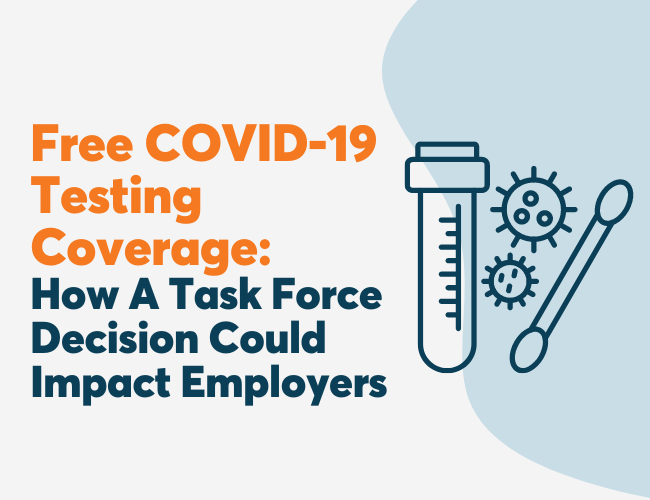According to the World Economic Forum, 114 million people lost their jobs due to the COVID-19 pandemic and the resulting lockdowns in 2020. Despite this, many of those who have managed to keep their jobs are thinking about leaving them in search of something better. According to a recent survey, 41% of the global workforce is likely to consider leaving their current employer within the next year. This number is even higher for Gen Z (54%). At the same time, 46% are planning to make a significant pivot or career transition.
This is a somewhat puzzling combination of statistics. In a job market that is widely perceived to be particularly tough and volatile, why are so many willing to give up the jobs they have in search of something better? Part of the answer is that pandemic-related stressors have made many employees acutely aware of the importance of staying well and the role their place of work can have on their health. In light of this, it is vital that employers have a clear view of exactly what these wellness-focused employees with wandering eyes are looking for. Some of the more prevalent motivations include:
- Feeling overworked and exhausted: Prior to the pandemic, many employers may have suspected that, when left to their own devices in the comfort of their homes, employees wouldn’t get as much work done. By and large, this has turned out to be false. In fact, according to the survey mentioned above, “self-assessed productivity has remained the same or higher for many employees over the past year.” But increasing productivity during such a stressful time in new and uncertain circumstances has come at a cost, with 54% percent of workers reporting that they feel overworked and 39% expressing that they feel exhausted.
- Not feeling valued: As part of his investigation into what he has dubbed the “YOLO Economy,” Kevin Roose spoke with Latesha Byrd, a career coach in Charlotte, NC. She emphasized how “the past year has been telling for how companies really value their workforces” and stated that “it has become challenging to continue to work for companies who operate business as usual, without taking into account how [their employees’] lives have changed overnight.” With one in five employees reporting that they feel as though their employer doesn’t care about their work-life balance, companies should think carefully about the degree to which they are communicating that they care about their employees well-being and about the consequences of conveying this message ineffectively.
- Desire for flexibility: Over the past year, many employees have gotten used to the ability to work where they want, when they want, and how they want. Having learned that they can get just as much done in this type of environment as they did in more restrictive ones, many simply aren’t willing to give up the freedoms they have been given.
On top of wanting more out of their jobs, many job seekers feel that they have the buying power to get what they are looking for. When explaining the willingness of “exhausted, type-A millennial workers of America” to either change careers or step “off the career treadmill altogether,” Roose points to their expanded bank accounts, which have “increased their risk appetite.” On top of that, he argues that they may be “emboldened by rising vaccination rates and a recovering job market. As a result, not only are many employees looking for more out of their jobs and the kinds of lives they enable them to live, but they also feel that they are in a prime position to get what they want. This suggests that companies should take them at their word.
For employers ready to act as stewards of their employees’ health and well-being, this is all good news. By offering the kinds of wellness centric accommodations that employees are beginning to demand, employers can give themselves an edge over their competition when it comes to attracting new talent and keeping the talent they already have. By keeping their employees happy and healthy, companies can ensure that they are getting the best out of their highly skilled workforces.












